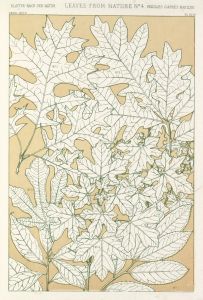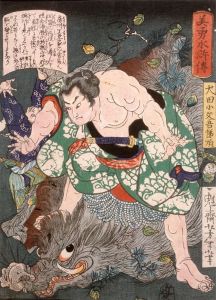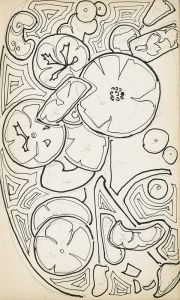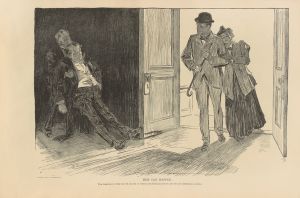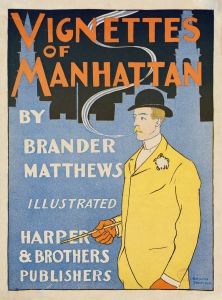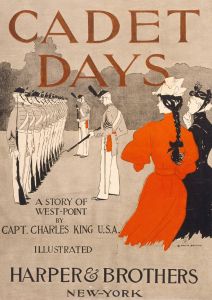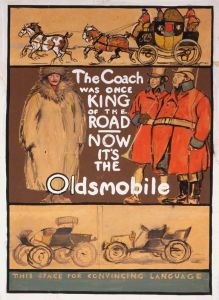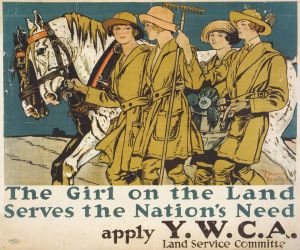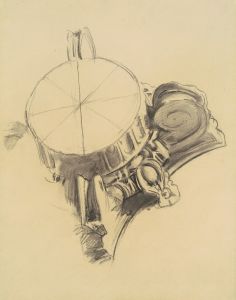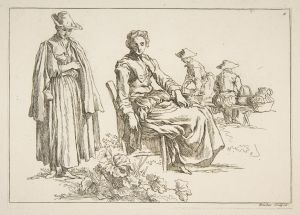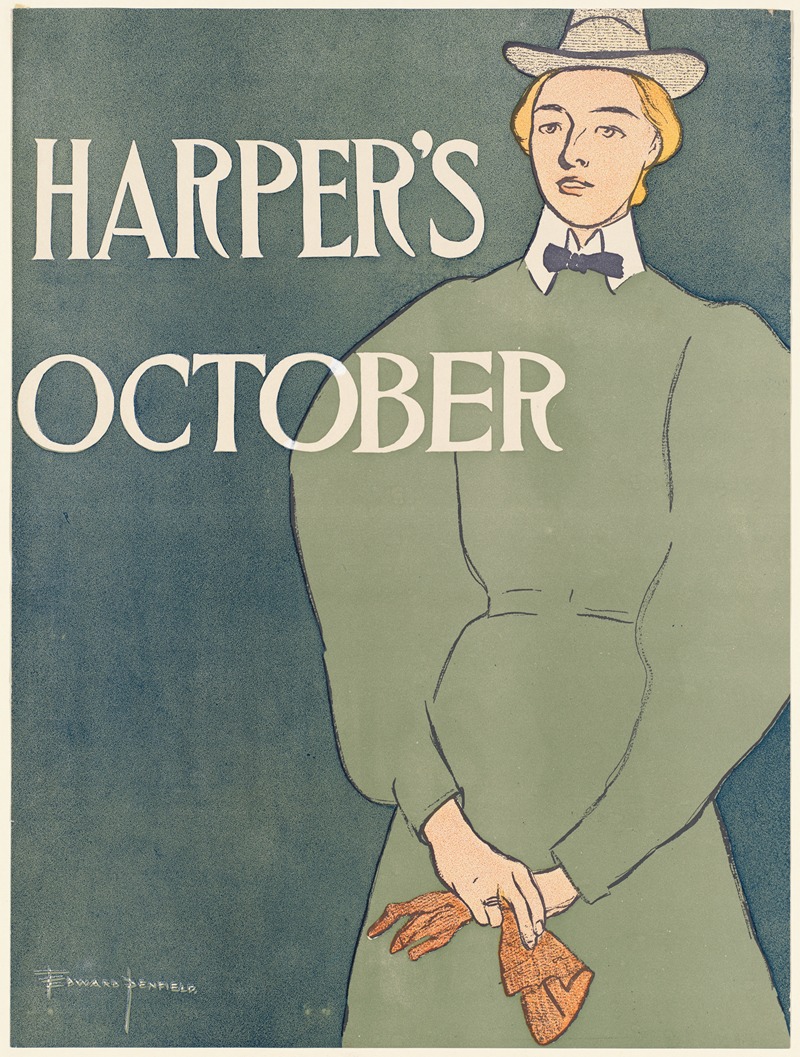
Harper’s October
A hand-painted replica of Edward Penfield’s masterpiece Harper’s October, meticulously crafted by professional artists to capture the true essence of the original. Each piece is created with museum-quality canvas and rare mineral pigments, carefully painted by experienced artists with delicate brushstrokes and rich, layered colors to perfectly recreate the texture of the original artwork. Unlike machine-printed reproductions, this hand-painted version brings the painting to life, infused with the artist’s emotions and skill in every stroke. Whether for personal collection or home decoration, it instantly elevates the artistic atmosphere of any space.
Edward Penfield was an influential American illustrator and a key figure in the development of graphic design in the late 19th and early 20th centuries. He is best known for his work as an art director for Harper's Magazine, where he created a series of monthly posters that became iconic representations of the publication's brand. Among these works is "Harper’s October," a poster that exemplifies Penfield's distinctive style and his contribution to the world of illustration.
"Harper’s October" was created as part of a series of promotional posters for Harper's Magazine, which Penfield began producing in the 1890s. These posters were designed to be both advertisements and works of art, intended to capture the attention of potential readers and convey the essence of the magazine's content. Penfield's posters were notable for their bold compositions, simplified forms, and flat colors, which were influenced by the Art Nouveau movement and the Japanese woodblock prints that were popular among artists of the time.
In "Harper’s October," Penfield employs a limited color palette and strong, clean lines to create a visually striking image. The poster typically features a central figure, often engaged in an activity that reflects the season or the theme of the magazine's October issue. Penfield's use of flat areas of color and minimal detail allows the viewer to focus on the overall composition and the message it conveys, rather than getting lost in intricate details.
Penfield's work for Harper's Magazine is significant not only for its artistic merit but also for its role in the evolution of advertising and graphic design. His posters helped to establish the concept of the illustrated poster as a legitimate form of advertising, bridging the gap between commercial art and fine art. This approach was innovative at the time and influenced subsequent generations of designers and illustrators.
Edward Penfield's contributions to the field of illustration were recognized during his lifetime, and his work continues to be celebrated today. His posters for Harper's Magazine, including "Harper’s October," are considered important examples of early American graphic design and are studied for their artistic and historical significance. Penfield's ability to combine artistic expression with commercial appeal set a standard for future illustrators and remains a benchmark in the history of graphic design.
While specific details about the content and imagery of "Harper’s October" may vary, the poster is representative of Penfield's broader body of work and his impact on the visual culture of his time. His legacy is preserved in the continued appreciation of his posters, which are held in collections by museums and collectors around the world.





